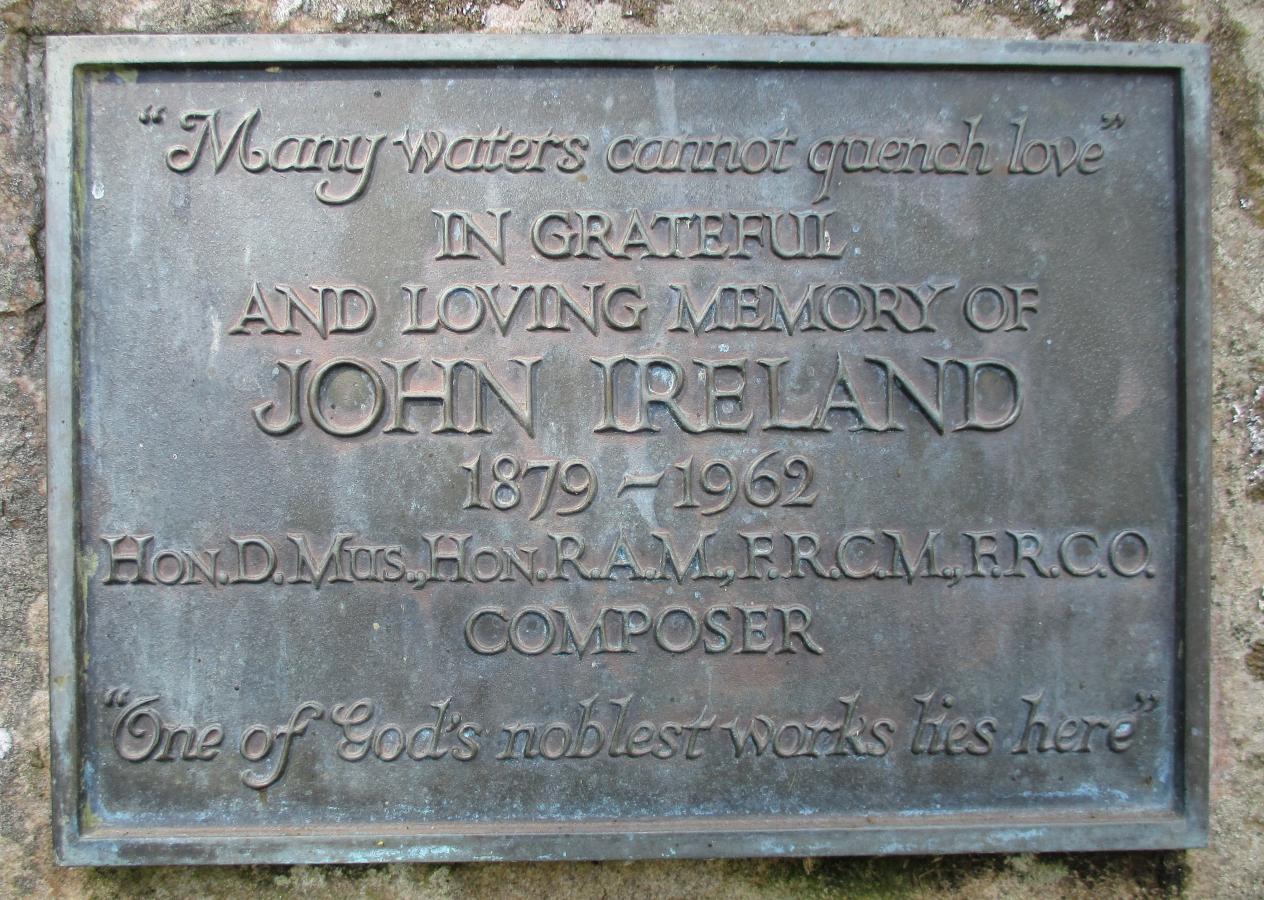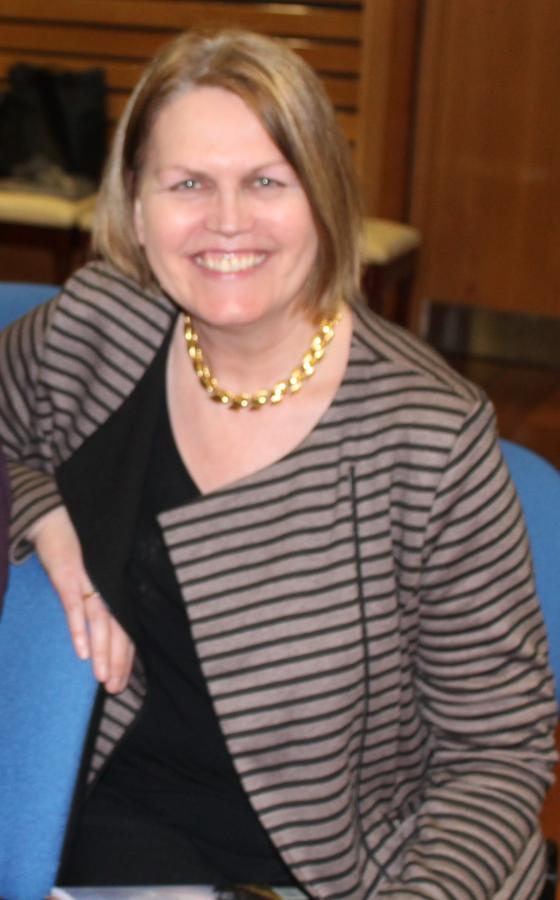
There is always a great sense of achievement when we can put beginning and end dates for our ancestors. That moment when you can say, for example, Mary NoName (1882-1975).
With a firm timeline of our ancestors’ lives, we are in a better position to determine what record sets will be relevant to search to help explore their lives, beyond the mere genealogical data. So, for example, many Irish emigrants, fleeing Famine in 1840s Ireland, had a particularly unlucky fate to be catapulted in to the US Civil War. As a result, some of our famine ancestors may very well appear in US Civil War records.
Others of our ancestors may have taken part in the Irish War of Independence (1919-1921) and the subsequent Civil War (1922-23). If research establishes that your ancestor left Ireland as a young adult, in, say 1926, then the question arises as to their possible role in these events. This might prompt you to undertake a search of the Military Archives to see if they participated in these wars, prior to their departure for a new life overseas.
Consider the life of Julia O Neill (1882-1975). Julia married in 1915 and had four children over the next five years. Clearly Julia would appear in the 1901 and 1911 Census under her maiden name and so we find her in her village of origin. The record of the birth of her first child places her in a Dublin village. It is clear then that Julia lived through the Easter Rising in Dublin 1916, the War of Independence and the Civil War.
Our timeline of Julia’s life informs us that she would have been in her thirties at this time of great upheaval in Ireland. Could she have been a member of Cumann na MBan? A search of the Military Archives revealed that Julia was not a member, although lots of her neighbours and friends were. Knowing that Julia gave birth to her first child on New Year’s Eve 1915 goes some way to explaining why she didn’t feature in Easter Rising 1916.
It is clear, from the search of the records of the Military Archives, that Julia’s village was immersed in the upheaval of those years. Moreover, they revealed that Julia’s husband was a member of a Fingal Battalion. This places the family right in the thick of this upheaval. The timeline of Julia’s childbearing years – 1915 to 1920 correspond almost exactly with the years of war and unrest in Ireland.
We can see that Julia’s life, with a growing family and a husband engaged in military efforts to overthrow established rule in Ireland, was likely to have been unstable and insecure. At any time, her husband might have been arrested and imprisoned.
The next momentous public event, in Ireland, in Julia’s timeline, was the partial extension of the franchise, in 1918. Using our known dates for Julia, we know that she was thirty six years of age when the vote was granted to property owning women in 1918. Julia, a woman of no property, would not have been so enfranchised in 1918 and would have to wait until later to exercise her vote.
It is always a part of family history to try to give the context of the lives we research and although Julia herself does not appear in the Military Archives, this record set provided a wonderful illumination of her life as a young bride and mother.
By Carmel Gilbride
